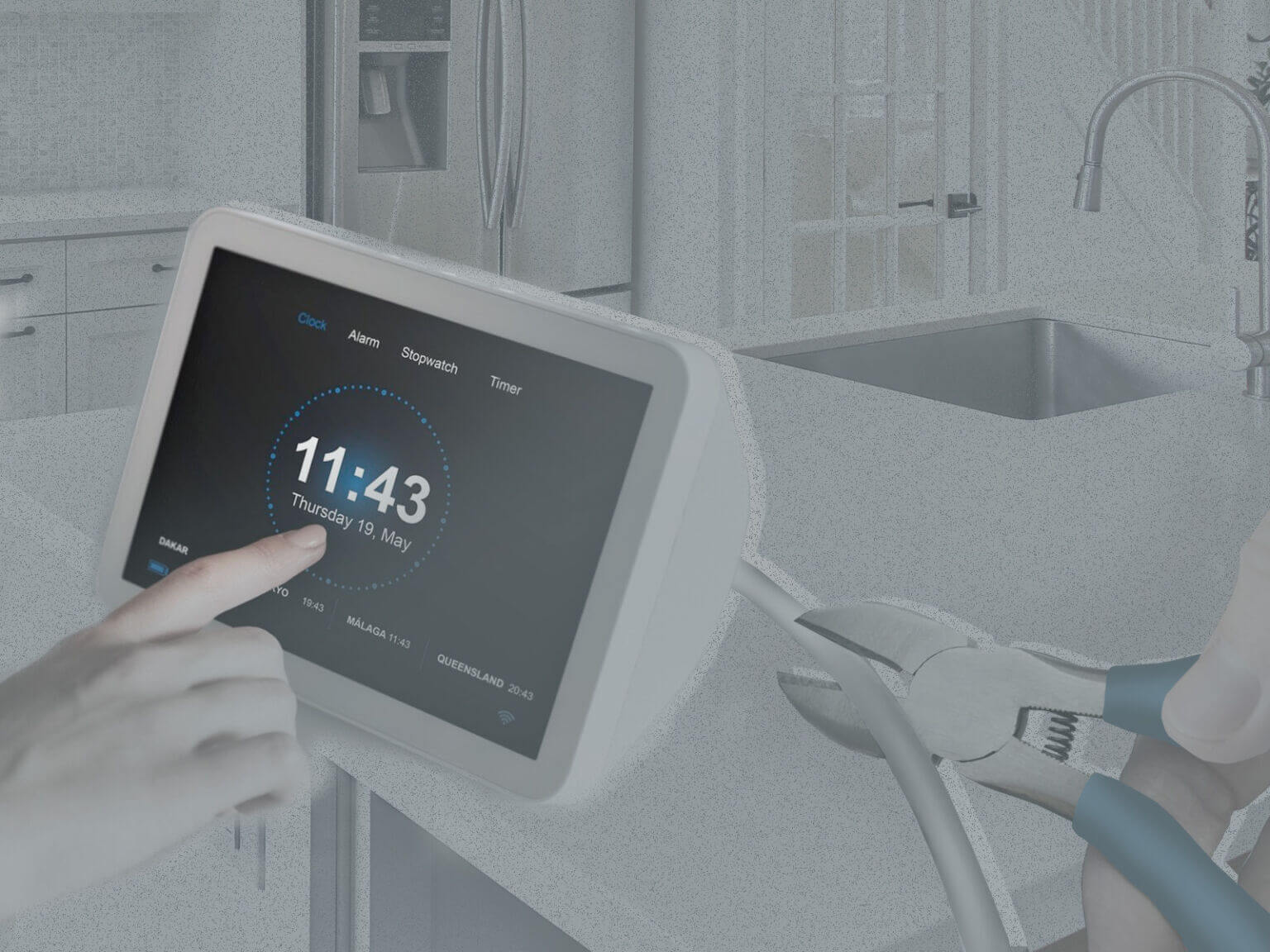
Datablaze – June 6, 2024
Collected at : https://www.iotforall.com/managing-the-growth-of-wireless-iot-devices-and-connectivity
Bringing a project (or product) to scale is never an easy task. With cellular wireless IoT deployments, however, growth challenges are particularly daunting.
Why? Because you can’t grow wireless IoT deployments without added complexity. Complexity scales alongside IoT, swelling with each new device, each new carrier agreement, and each new customer you serve.
The key to scaling IoT successfully is to solve for this complexity, and that effort tends to play out in two main areas: Device management and connectivity management.
In other words, the cure for complexity is to simplify IoT management—something that’s very achievable for today’s IoT operators, managed service providers (MSPs), device manufacturers, and anyone else struggling to scale a wireless IoT project.
Here are the top three sources of complexity that come with IoT growth, plus a simple solution that can cut costs, increase uptime, and—most importantly—improve customer satisfaction at scale.
Scaling IoT Complexity: 3 Challenges for Wireless IoT Growth
To get your IoT project off the ground, you already had to find the right hardware, the right carriers, and the right tech stack to support devices in the field.
Once you start to grow your deployment, however, cracks may begin to show. The first sign of trouble usually shows up at your contact center. Support staff begin to be overwhelmed with calls, as devices start failing in the field.
At that point, the challenges that come with growth start to show themselves clearly—usually in some combination of the following three pain points:
1. Hardware UIs
When support staff gets a call, their first move will be to log into the device’s hardware UI. Unfortunately, these platforms aren’t designed for tech support. A manufacturer’s UI is an engineering hub, stuffed with intricate functionality—of which you really only need 1 percent to solve your customer’s problem.
Here’s that complexity we mentioned. A complicated UI often requires a ticket’s escalation to Tier 2 support, adding time, expense, and frustration to the resolution process.
As you grow your IoT fleet, this UI challenge gets bigger. You introduce hardware from more manufacturers, which means staff has to deal with multiple UIs, each more unintelligible than the last.
If you’re a managed service provider, growing your business means managing more gateways and devices and services for each one of your customers. Every new offering you provide compounds the UI struggle—and makes it that much harder to maintain customer satisfaction.
2. Carrier Relationships
Cellular networks operate in, well, cells. They’re patchwork by nature. That means each new area you spread into may require a new carrier agreement—with all the complexity that entails.
For example, if you have five carrier agreements, you have to manage:
- 5 carrier platforms (leading to problems similar to the hardware UI challenge)
- 5 different bills (each of which requires verification, documentation, and, of course, payment)
- 5 business relationships (dealing with changing services, updates, cost increases, and more)
That’s a heavy burden for a product manager or MSP. Managing connectivity starts to take up most of your time, adding to the overall cost of the deployment. In other words, the project’s complexity may start to grow faster than the benefits of upscaling.
3. Tech Support Staffing
More devices, more problems. As your IoT deployment grows, you’ll need to resolve more technical issues. That’s the statistical probability, anyway. It gets increasingly difficult to achieve the perfect staffing levels at your contact center—and to keep your costs manageable.
The previous two challenges feed into this one, too. With more hardware UIs and carrier relationships to deal with, Tier 1 staff will be able to resolve fewer calls. That means more tickets for Tier 2 support—which adds to the resolution timeline, resulting in more unhappy customers.
Growing deployments may also reduce your Tier 1 team to message-takers. Without the tools to resolve calls immediately, all they can do is write a ticket and pass it up. It’s inefficient operational design, to say the least.
The good news about all three sources of complexity, however, is that you can address all of them with the same solution: an IoT remote management platform.
Remote Management Software (RMS) for IoT Devices and Connectivity
The right remote management software (RMS) platform gives you—and, maybe more importantly, your customer service team—access to all of your deployed solutions in one place, with a single log-in. (More accurately, it gives users access to all the systems you give them permissions to use; make sure to choose an RMS that allows you to create different user profiles.)
Today’s RMS technology gives authorized agents full visibility into every device at a given location. The user can view each piece of hardware, gauge performance, and identify common challenges. That capability allows a Tier 1 customer service representative to resolve 95 percent of the issues IoT service providers encounter.
In other words, RMS transforms your Tier 1 team from simple ticket-creators into powerful problem solvers. It allows your Tier 2 team to spend more time on complex issues. Ultimately, it improves IoT uptime and makes customers much happier.
That’s the device management side of the growth challenge. To really solve for complexity, however, be sure to choose an RMS platform that provides connectivity management, too. Here are a few features to look for:
- Single-pane-of-glass visibility into all endpoint connections
- Support for SIMs and data plans from multiple carriers and multi-carrier eSIMs
- Metrics like data usage, current charges, and estimated costs at a glance
- Automation for cost-saving actions like overage alerts, plan updates, and failover SIM changes
- Cost-optimization tools for wireless bills
- A choice between getting connectivity from the platform provider or “BYOC”—bring your own carrier service
By bundling connectivity management and device management into a single log-in, you replace complexity with simplicity. That’s what it takes to scale gracefully for today’s wireless IoT operators.

Leave a Reply